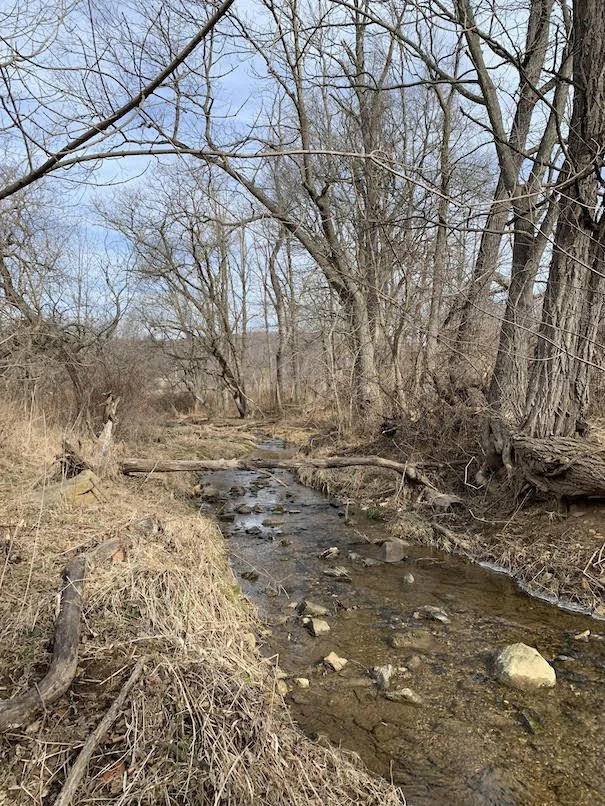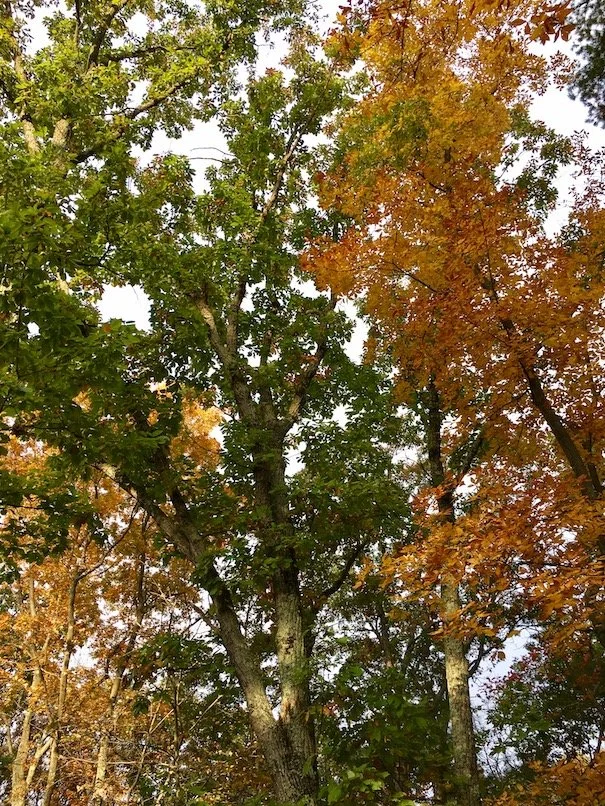Our Projects & Your Request
Community & Residential
Community parks, public and private schools, public spaces, and your back yard. Depending on the nature of the project, we can manage plantings or provide seedling for your to plant on your own.
Agricultural Reforestation
The conversion of abandoned and degraded agricultural lands and former agricultural lands rezoned to residential or commercial space, into woodland lots and habitats.
t is the major solution to two of the phenomena that most impact the deterioration of the earth: desertification and deforestation. These two have numerous negative effects on the environment:
Loss of habitat for millions of species, which could become extinct.
Changes in the water cycle: Reduces the availability of drinking water and rain is concentrated in greener areas.
Erosion leads to the loss of fertility in the soil and a greater risk of landslides and floods.
The Kyoto Protocol and the Paris Agreement see reforestation as one of the activities that will bring about “clean development,” making it an excellent option for recovering biodiversity and green spaces.
Riparian Buffer
Riparian buffers are the natural vegetation from the edge of the stream bank that serve as a buffer to pollutants entering a stream from runoff, controls erosion, and provides habitat and nutrient input into the stream. Buffers play a key role in increasing water quality in associated streams, rivers and lakes and provides a greatly enhanced and varied habitat for wildlife.
Woodland Conservation
Woodlands offer a rich environment for the wide variety of animals, birds, insects and reptiles that use the different layers of trees, shrubs, herbs, native grasses and fallen timber.
Invasive species and climate change are altering the growth of our local forests and woodlands. As time progresses, summers are projected to become warmer and drier, and winters warmer and wetter, with an increase in extreme events, including droughts and storms. The climate emergency will affect our forests and woodlands and altar the wildlife habitats and other ecosystem services they provide. Many private landowners have already noticed environmental changes in their woodland.
Planning management so that ‘nature takes its course’ may be the best approach sometimes. However, future resilience is more likely if adaptation measures are identified and taken, for example, contingency planning for changing wildfire risk or exploring alternative stand establishment methods for changing drought risk.
Smart woodland management provides:
Economic benefits as the wood cut down can be used for timber and fuel. This is a sustainable and ethical way to produce timber.
Social benefits arise from managed woodlands as they are easy to access, so give lots of opportunities for recreation for the local community.
Environmental benefits as a managed woodland produces far greater biodiversity. Every species has a key role to play in our planet’s eco-system, so the more plant and animal life our woodlands support – the better it is for all of us!




